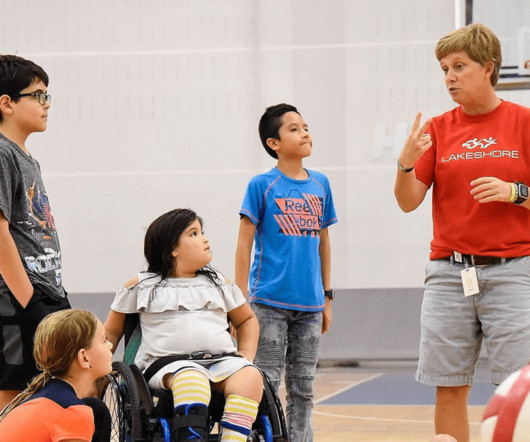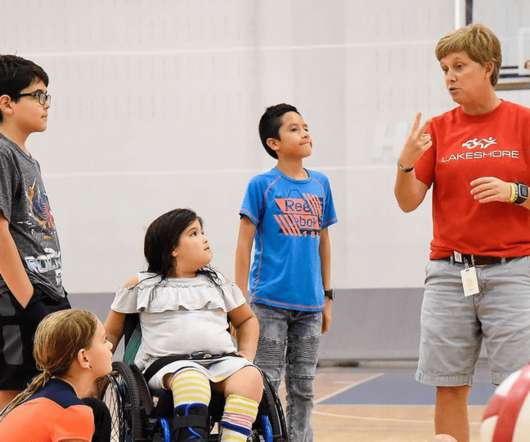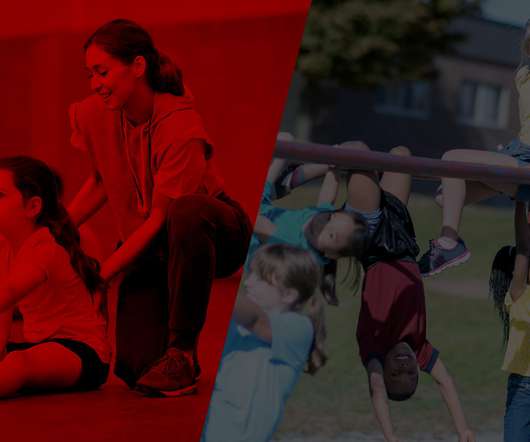Health Benefits Of Physical Education In Schools
PLT4M
AUGUST 22, 2023
Instead, it helps to empower them with motor skills, physical literacy, and a vast array of other health and wellness tools to promote overall health. Physical education programs should be: Quality – PE programs are more than just playing sports and “rolling out the ball.”











Let's personalize your content